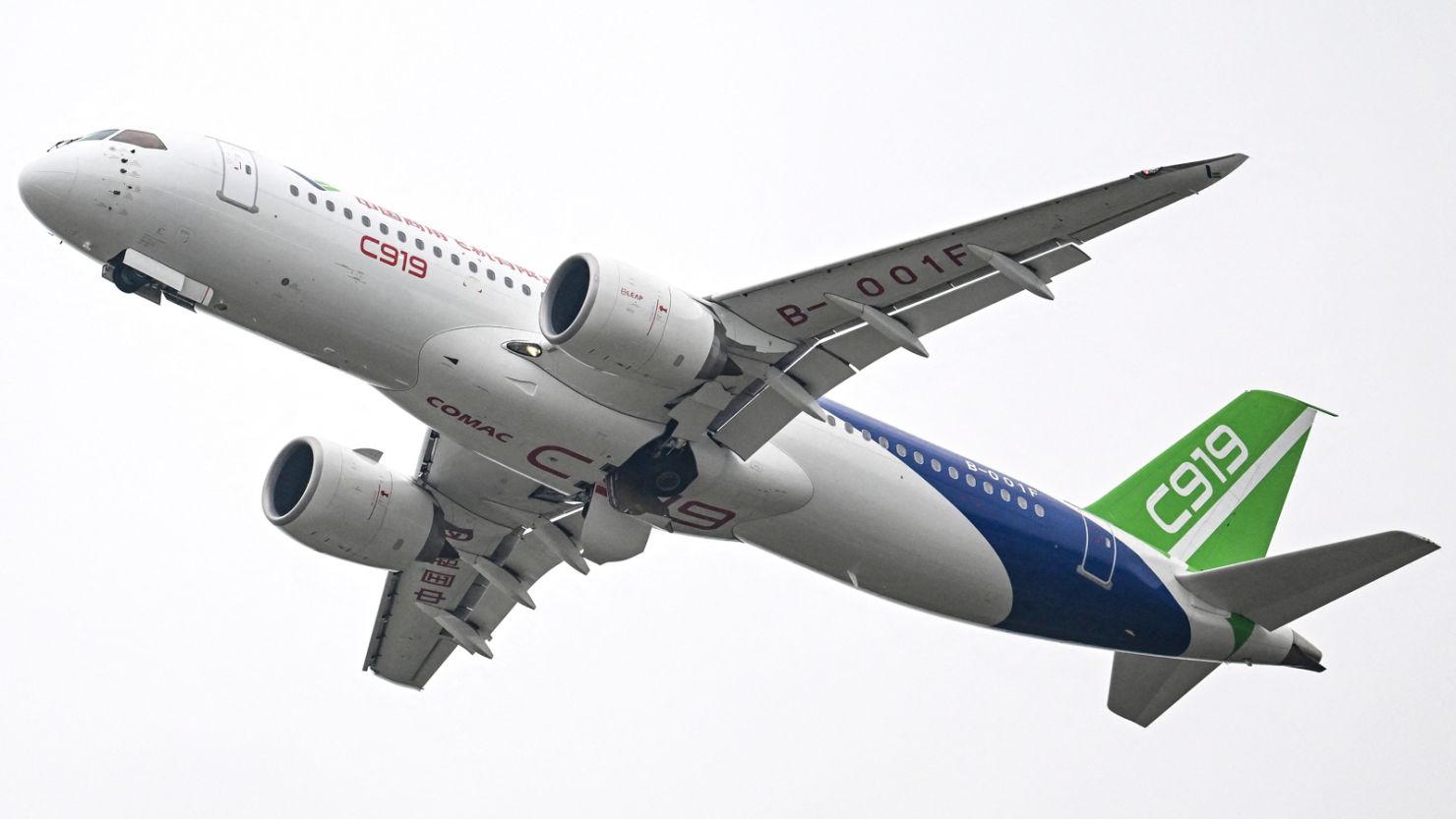Editor’s Note: Sign up for Unlocking the World, CNN Travel’s weekly newsletter. Get news about destinations opening, inspiration for future adventures, plus the latest in aviation, food and drink, where to stay and other travel developments.
The past 12 months have been an unpredictable time for airlines, with multiple global issues impacting the aviation industry, such as Russia’s invasion of Ukraine resulting in overflight bans, the removal of most travel restrictions, China ending inbound quarantine, Boeing’s 737 MAX delivery catch ups, and more questions about the future of two new versions of the 737 MAX.
The year ahead looks more promising, though uncertainty is still massive.
IATA, the trade association for most airlines worldwide expects airlines to return to profitability in 2023 after a loss making 2022, mostly the result of a Covid-19 shutdown hangover, but also the rise in fuel prices.
And long-awaited new airplanes could also be taking to the skies, helping usher in the next era of commercial aviation.
Risks remain though. Wars, global and regional recessions, Covid resurgence, changed travel patterns, the climate crisis, and many other factors are outside aviation’s control.
Here’s what all of that means for travelers in 2023.
Remapping the sky
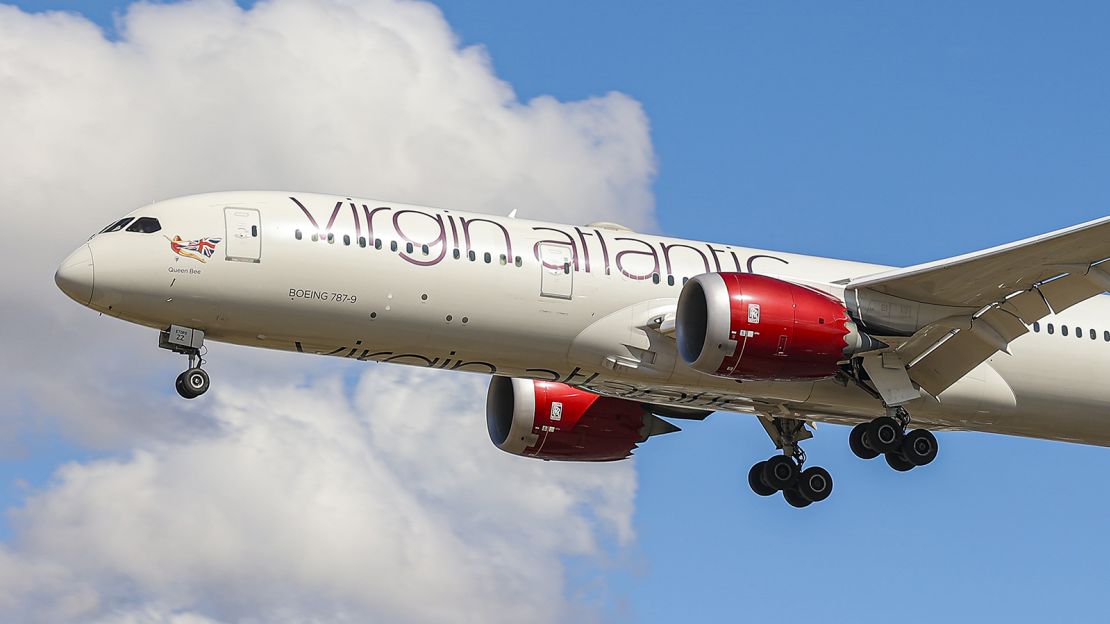
Covid-19 has marked the last three years of all our lives, and will continue to do so – but, in most cases, that won’t include travel restrictions.
When Japan opened its doors to overseas travelers in fall 2022, it was the last major non-Chinese economy to do so.
In most ways that matter to airlines and their passengers, the world is now open. The big question almost everywhere – when China’s quarantine and other travel restrictions will end – has finally been answered. The country announced an easing of travel restrictions from January 8.
Another big question is Russia. After Russia invaded Ukraine in February, Russian airlines were banned from many countries’ airspace, including the EU, US, and Canada, and vice versa.
Outside of the conflict zone, the biggest effect of this has been to flights between Europe and east Asia, which must either fly south of the conflict zone and over the Caucasus or north over Alaska. As a result, many European and Asian airlines cut their services.
What this means is that there are fewer flights between Europe and Asia, and quite a lot of European and Asian airlines with aircraft that they were planning to use on those routes, and they’re now looking to see where else they might fly them.
New routes between North America and Europe are already taking flight, with the big three transatlantic joint venture airline cartels – corresponding roughly to the Oneworld, Star Alliance and SkyTeam alliances, and which have been allowed to coordinate pricing between their members – adding many new routes and beefing up existing services.
So if you see a new nonstop flight open up, it could be worth jumping on the opportunity. If European airlines regain access to Russian airspace and demand to and from China returns, the new nonstops might go back to requiring a layover.
While we’re talking alliances, Virgin Atlantic is expected to join its part-owner Delta in the SkyTeam alliance early in 2023, while the longtime rumor that China Southern (by some counts the world’s largest airline) will join the Oneworld alliance seems to be gaining some traction recently. That will open up some new connections for those airlines’ partners – and their passengers.
One new plane, but many new cabins
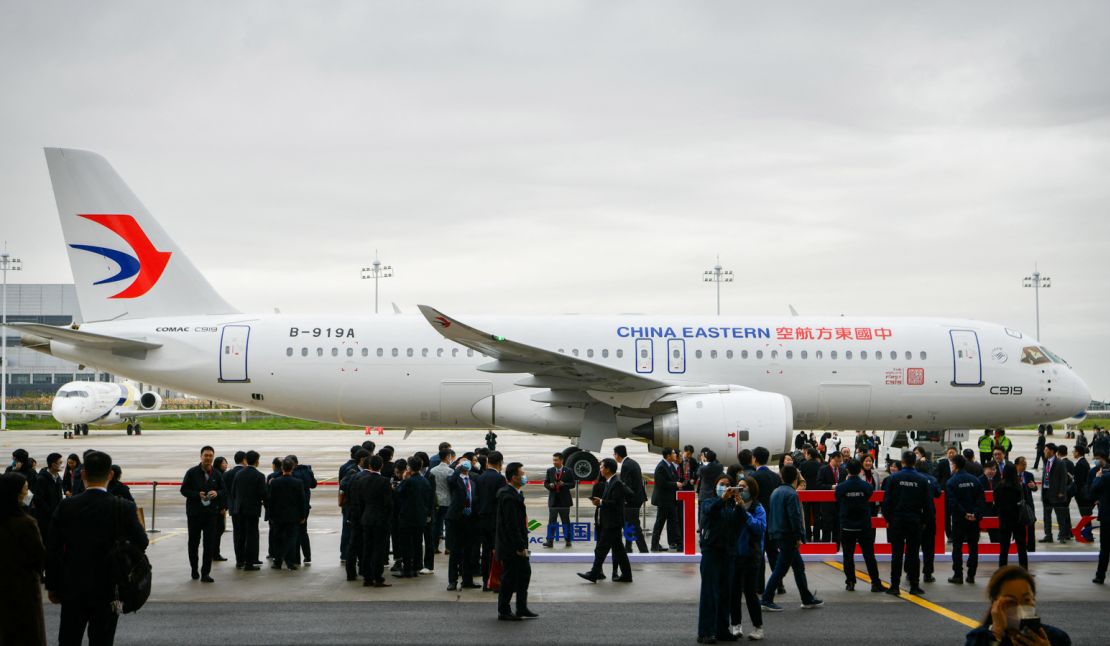
The COMAC C919, China’s first modern narrowbody airliner is expected to enter passenger service as 2022 ticks over into 2023. The new plane, seen as a major challenge to Western manufacturers, will give passengers in China a new option, although it’s not much different from the experience on a Boeing 737 or Airbus A320.
There are no other new planes on the horizon for 2023. Boeing’s much-delayed 777X stretched widebody isn’t expected to start delivery until 2025 at the earliest, and that’s before test flights were suspended in early December owing to a problem with its General Electric GE9X engines.
There will be more deliveries of the current generation of planes, including the Airbus A350 and Boeing 787, which means more newer jets to fly on, but also some older planes being kept in the fleet longer.
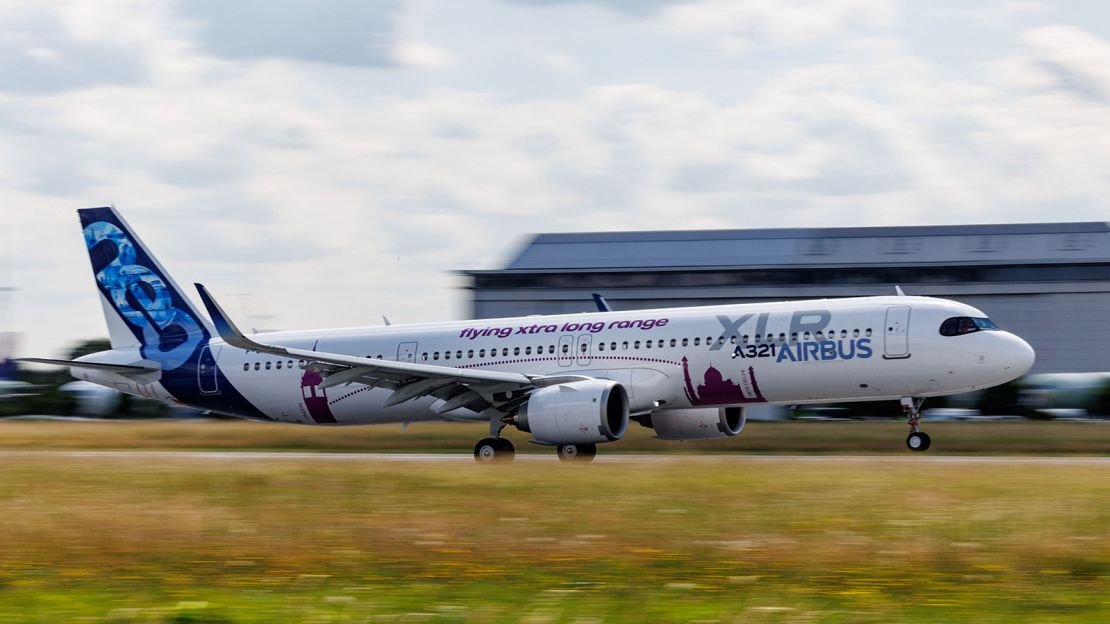
On the Airbus side, the extra-long-range A321XLR narrowbody is planned to arrive with airlines in early 2024, although the good news for Airbus is that the US Federal Aviation Administration approved on December 8 the design of its extra fuel tank.
That means those new nonstop flights between smaller airports, notably transatlantic routes, will be announced in 2023 – it’s worth keeping an eye out and booking fast.
We may see new aircraft variants announced. Airbus has been making positive noises about the much-rumored stretch of its small narrowbody A220 jet airliner, popular with passengers thanks to its wide seats, big bins and large windows.
As new planes arrive from the factory, they bring new cabins, like Airbus’ more spacious Airspace cabin with its bigger bins and streamlined aesthetic.
“The rising number of Airspace cabin equipped aircraft entering the market means more and more passengers will benefit from comfort features as well as connectivity,” Airbus’ vice president of cabin marketing, Ingo Wuggetzer, tells CNN. “This is key for me in 2023 – it is about bringing these innovations to a growing number of passengers worldwide.”
Also, he expects, “we’ll see a digitalization wave into the daily business of airlines.” Digitalization is helpful for passengers: a more connected airline offers more information and more self-service options, helping to avoid airport lines or long waits on the phone.
Comeback trails

The huge (and hugely popular) Airbus A380 superjumbo is coming back into service. Abu Dhabi-based Etihad is the latest airline to bring its A380s back, which means more wider seats in economy on this big, quiet plane. It’s great news for passengers.
Two variants of Boeing’s 737 MAX airplane, the shorter MAX 7 and the double-stretched MAX 10, are currently in certification limbo with an end-of-year deadline looming.
To sum up a complicated situation, US regulators want Boeing to install additional safety systems. That will be expensive for Boeing, not least because it contractually promised some airlines that it wouldn’t need to do so in order to avoid them having to spend time and money training pilots on the differences.
This won’t likely have any short term impact on passengers, but airlines’ longer term plans to use these planes to replace older ones and to start new routes may be delayed.
Security and sustainability
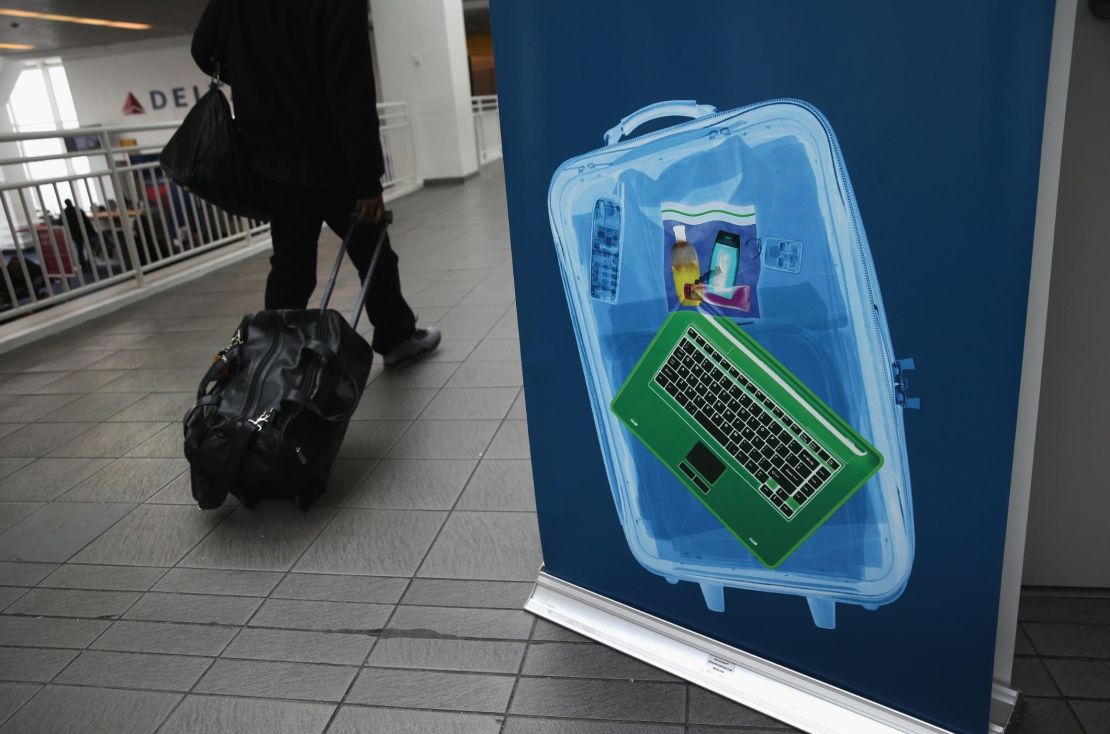
At the airport, 2023 will be the year that some airports get rid of the “liquid ban,” where anything on the liquid-paste-cream-gel spectrum can only be carried in 3 ounce or 100 milliliter containers within a small zip-lock plastic bag.
Fliers may already have experienced early versions of the scanners that allow you to leave your liquid bag and electronics in your hand luggage, but these are rolling out more widely. The UK is expected to introduce these out across airports in 2023.
Keep an eye out, too, for more sustainability claims around flights, as the climate crisis grows in importance.
One side of that is the growth in more sustainable aviation fuels (SAFs) made from a variety of sources: waste oils, vegetable oils, algae, and so on. Virgin Atlantic recently announced it was trialing the first transatlantic carbon “net-zero” flight powered by SAF in 2023, following similar projects by other airlines.
Another side is making the insides of cabins, which are largely metals, plastics and fabrics, more sustainable.
We talked to cabin designer Martin Darbyshire from tangerine, the design agency responsible for many of the most innovative cabins in recent times, who highlights that, “as designers we have a responsibility to remove complexity, weight and cost, and deliver longer lasting and more repairable, and recyclable solutions for the airline interiors industry. Our clients are demanding it and we owe it to society to make it happen.”
Indeed, he says, it is “astonishing that it has taken all this time to gather momentum. Without a shadow of a doubt 2023 onwards will be dominated by environmental, social and corporate governance.”
Top image: China’s new COMAC C919 passenger airplane. Credit: CNS/AFP via Getty Images
